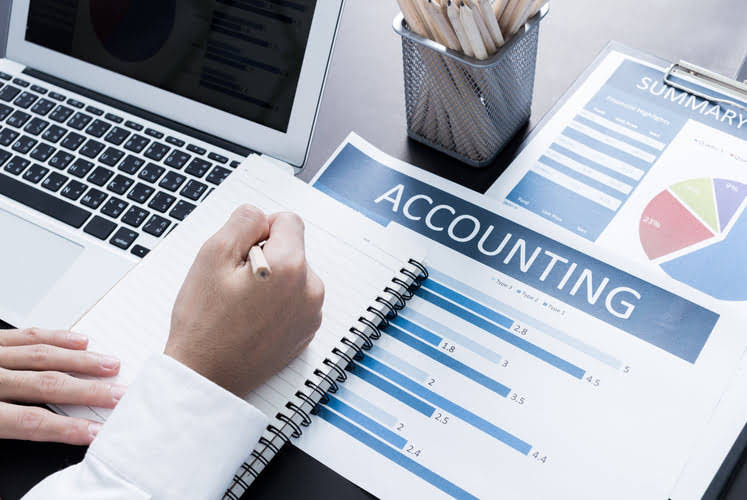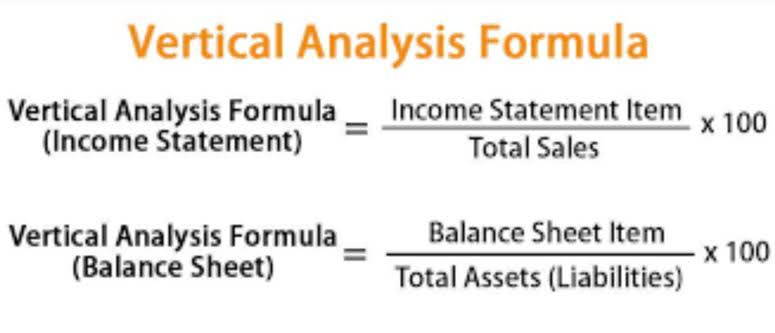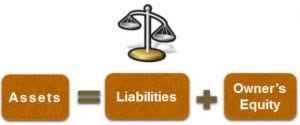
The accounting balance sheet formula makes sure your balance sheet stays balanced. The purpose of this article is to consider the fundamentals of the accounting equation and to demonstrate how it works when applied to various transactions. Here are the different ways the basic accounting equation is used in real-life situations. The following examples also show the double entry practice that maintains the balance of the equation. Assets will always equal the sum of liabilities and owner’s equity. Every transaction demonstrates the relationship of the elements and shows how balance is maintained.

Owner’s Equity
For example, when a company is started, its assets are first purchased with either cash the company received from loans or cash the company received from investors. Thus, all of the company’s assets stem from either creditors or investors i.e. liabilities and equity. For example, an increase in an asset account can be matched by an equal increase to a related liability or which of the following is the basic accounting equation? shareholder’s equity account such that the accounting equation stays in balance. Alternatively, an increase in an asset account can be matched by an equal decrease in another asset account. It is important to keep the accounting equation in mind when performing journal entries. At first glance, you probably don’t see a big difference from the basic accounting equation.
Examples of the Accounting Equation

The Basic Accounting Equation should always balance due to double entry accounting. This means that every time a company records an entry in its accounting books, it must also record a corresponding entry in another account. This ensures that the total value of a company’s assets always equals the total value of its liabilities and shareholder equity. The purchased office equipment will increase Assets by $500 and decrease them by $250 (cash). On the left side of the basic accounting equation, an increase of $250 is balanced by an increase of $250 on the right side of the equation for liabilities (accounts payable). On January 1, 2020, the business had $100,000 assets in terms of cash, $0 liabilities, and $100,000 owner’s equity.
Accounting Formulas Every Business Should Know
- Once you are done with these lessons be sure to check out the final lesson on the accounting equation and financial position, which will give you more info and certainty about this key concept.
- The accounting equation creates a double entry to balance this transaction.
- The business has paid $250 cash (asset) to repay some of the loan (liability) resulting in both the cash and loan liability reducing by $250.
- Over 1.8 million professionals use CFI to learn accounting, financial analysis, modeling and more.
- Assets financed by investors and common Inventory will be listed as shareholder’s equity on your balance sheet.
- The accounting equation is fundamental to the double-entry bookkeeping practice.
- Make a debit entry (increase) to cash, while crediting the loan as notes or loans payable.
In other words, we can say that the value of assets in a business is always equal to the sum of the value of liabilities and owner’s equity. The total dollar amounts of two sides of accounting equation are always equal because they represent two different views of the same thing. Contributed capital and dividends show the effect of transactions with the stockholders. The difference between the revenue and profit generated and expenses and losses incurred reflects the effect of net income (NI) on stockholders’ equity. Overall, then, the expanded accounting equation is useful in identifying at a basic level how stockholders’ equity in a firm changes from period to period. In order to make sure that the accounts of a company are balanced, the total assets must equal the sum of the total of all liabilities and owner’s equity.
- A debit is always used to increase the balance of an asset account, and the cash account is an asset account.
- On the left side of the basic accounting equation, an increase of $250 is balanced by an increase of $250 on the right side of the equation for liabilities (accounts payable).
- If you want help tracking assets and liabilities properly, the best solution is to use accounting software.
- The main use of this equation is for the accurate recording of the balance sheet.
- Your assets include your valuable resources, while your liabilities include any debts or obligations you owe.
- Equity represents the portion of company assets that shareholders or partners own.
Accountants and members of a company’s financial team are the primary users of the accounting equation. Understanding how to use the formula is a crucial skill for accountants because it’s a quick way to check the accuracy of transaction records . Now that you are familiar with some basic concepts of the accounting equation and balance sheet let’s jump into some practice examples https://www.bookstime.com/ you can try for yourself. Taking time to learn the accounting equation and to recognise the dual aspect of every transaction will help you to understand the fundamentals of accounting. Whatever happens, the transaction will always result in the accounting equation balancing. The accounting equation is also called the basic accounting equation or the balance sheet equation.
The more knowledge you have regarding your finances, the more efficiently you can run your business and make profit. Let’s check out what causes increases and decreases in the owner’s equity. The owner’s equity is the value of assets that belong to the owner(s). More specifically, it’s the amount left once assets are liquidated and liabilities get paid off. Before getting into how the accounting equation helps balance double-entry bookkeeping, let’s explain each element of the equation in detail. The owner’s equity is the share the owner has on these assets, such as personal investments or drawings.
Financial statements
You will increase (debit) your accounts receivable balance by the invoice total of $107, with the revenue recognized when the transaction takes place. Cost of goods sold is an expense account, which should also be increased (debited) by the amount the leather journals cost you. The balance of the total assets after considering all of the above transactions amounts to $36,450. It is equal to the combined balance of total liabilities of $20,600 and capital of $15,850 (a total of $36,450).
